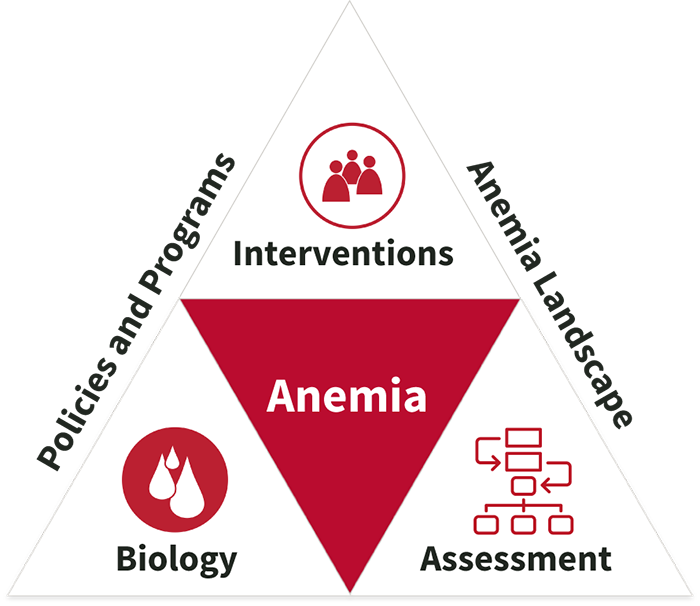Food fortification refers to the addition of specific micronutrients to commonly consumed foods processed by food industries, such as rice and cereal flours, vegetable oil, sugar, salt, dairy, and other food products. Mass fortification results in additional intake of micronutrients, which can be observed by measuring changes in both intake or exposure (serum folate), or metabolic status (e.g., serum ferritin for iron) and functional outcomes (e.g., anemia). The fortification strategies used to cater either the general public or specific population groups are identified as mass food fortification or targeted fortification, respectively. Chosen fortification levels for mass fortification should not provide excessive micronutrients to consumers without micronutrient deficiencies. Targeted fortification is a form of food fortification that is aimed at specific population groups that are at higher risk of nutrient deficiencies, such as children. As the serving size is almost always controlled, the fortification contents could be higher and tailored to the nutritional requirements of the group. Vehicles for targeted fortification include blended flours (i.e., combination of cereal and legume flours), and ready-to-use therapeutic foods and ready-to-use supplementary foods.
We found 25 resource(s)



